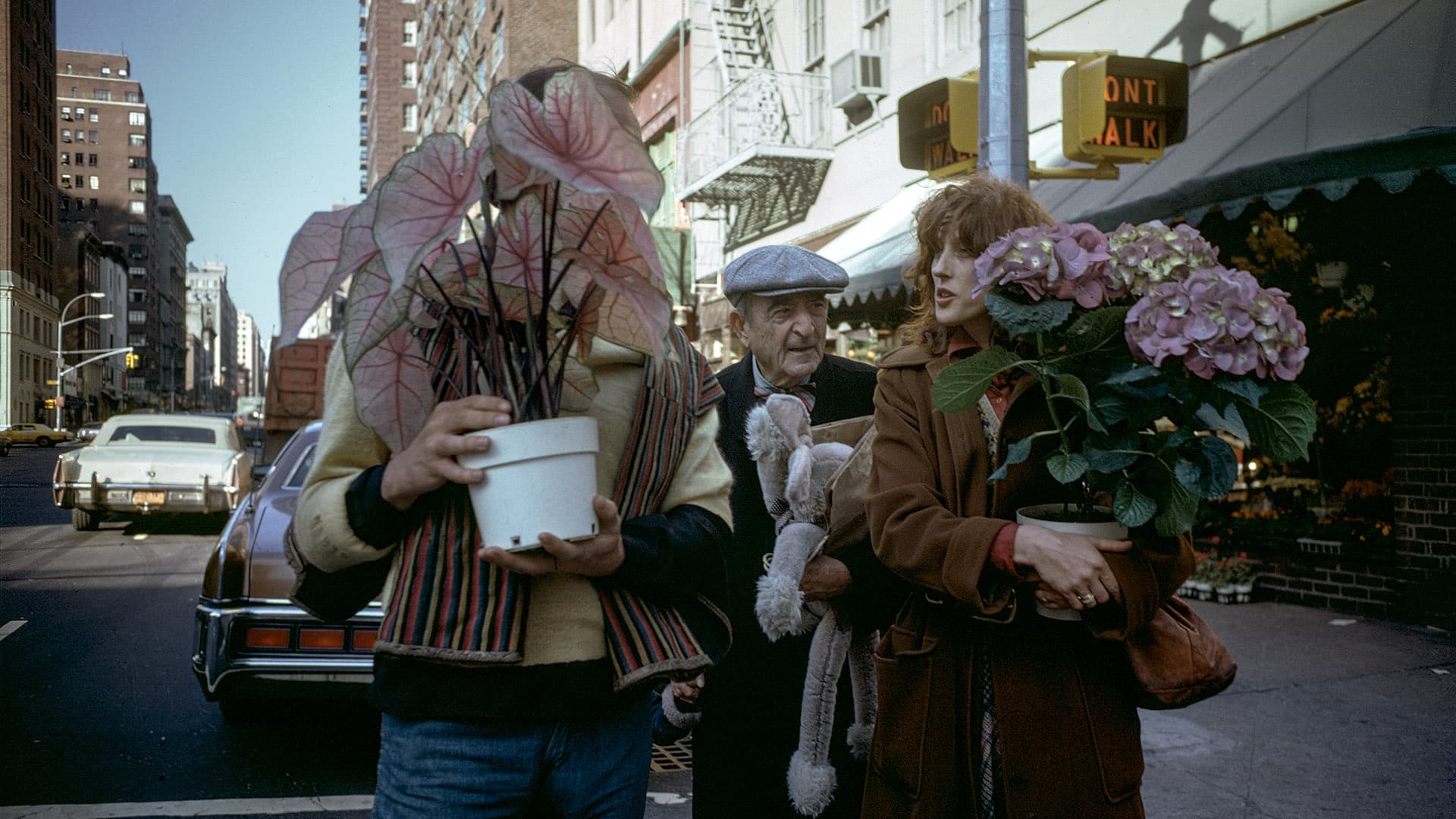For nearly 60 years, Joel Meyerowitz has been drawn to the flower in its many splendored forms. Here he looks back at its role in his storied career.

You’re getting blind.
Don’t miss the best of visual arts. Subscribe for $9 per month or $108 $90 per year.
Already suscribed ?
Read More: Rivka Katvan: Timeless New York



